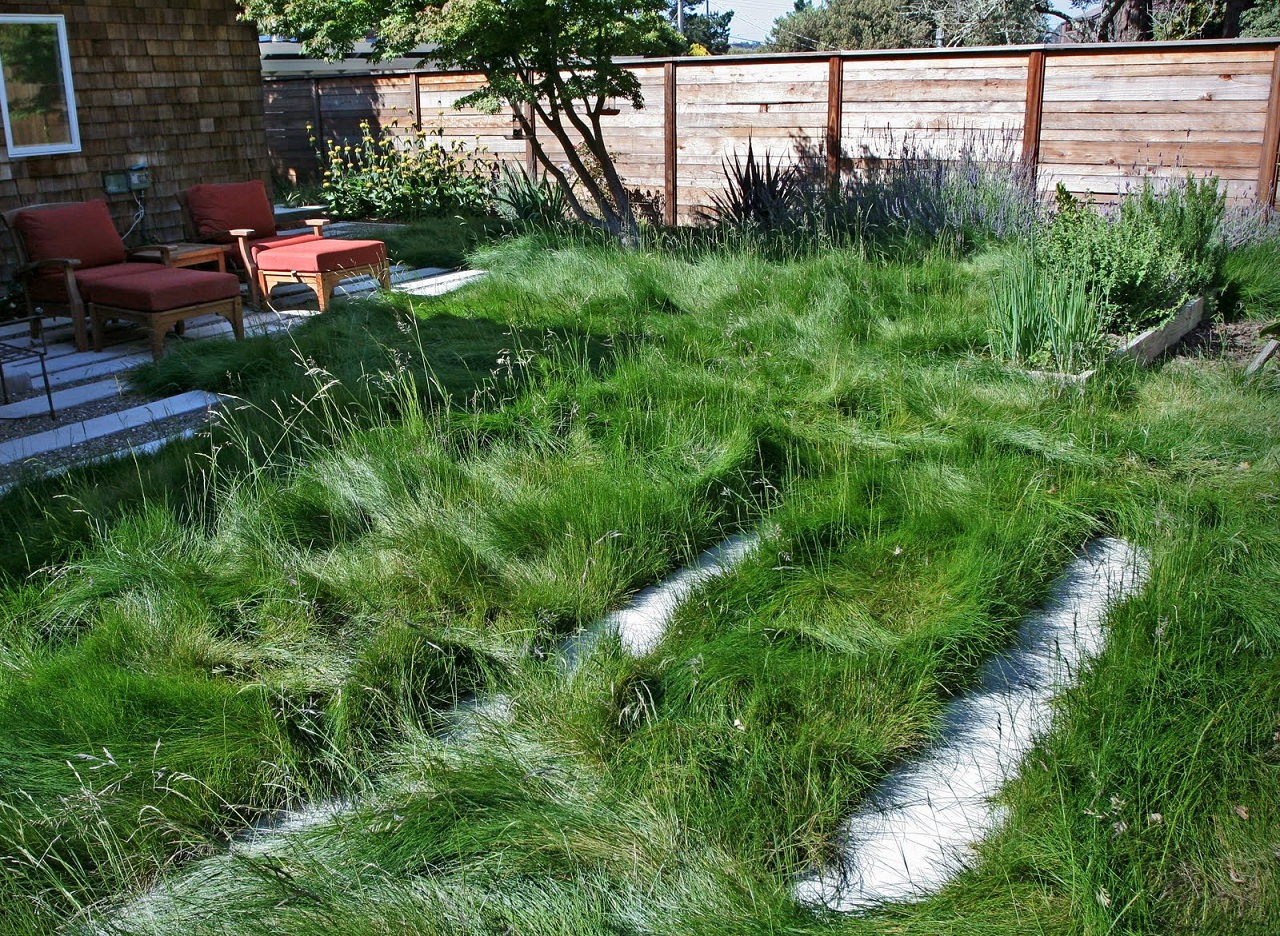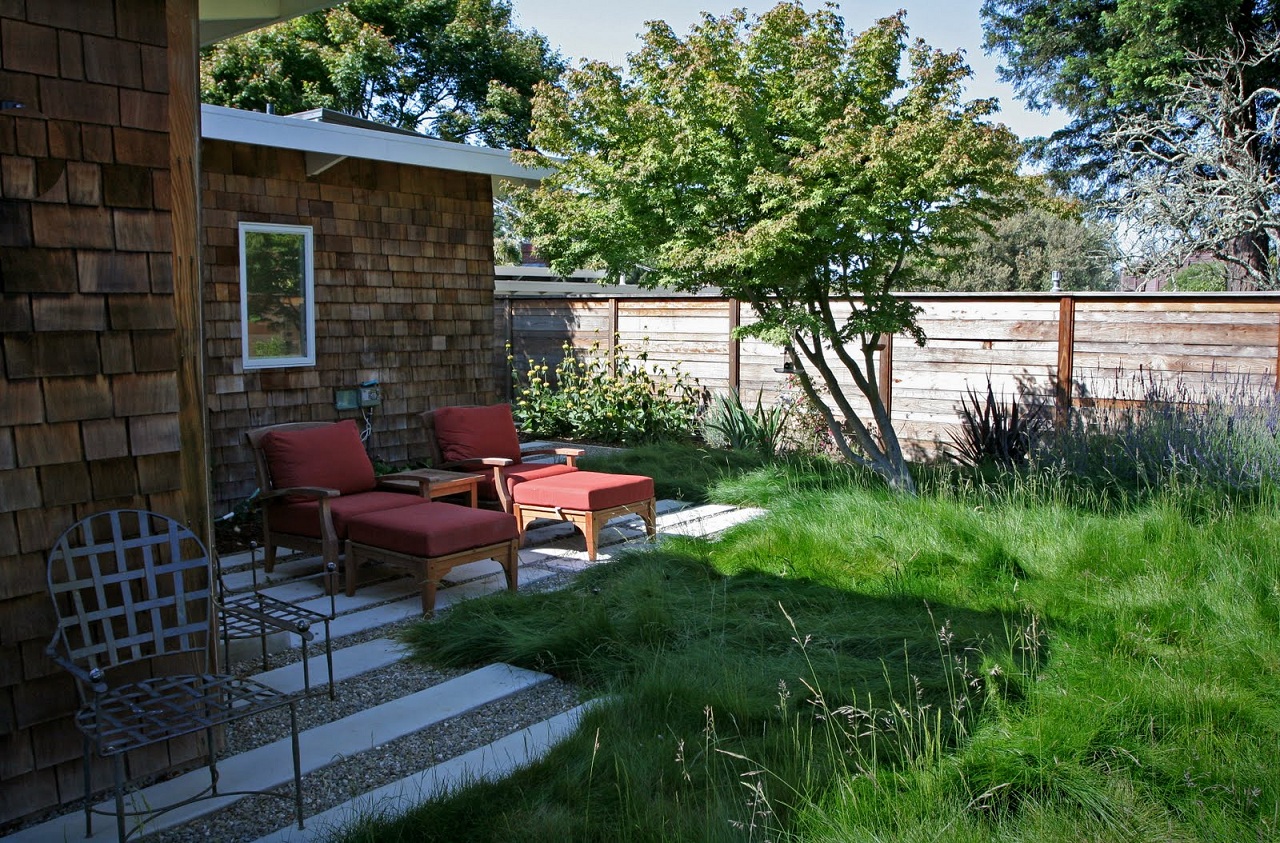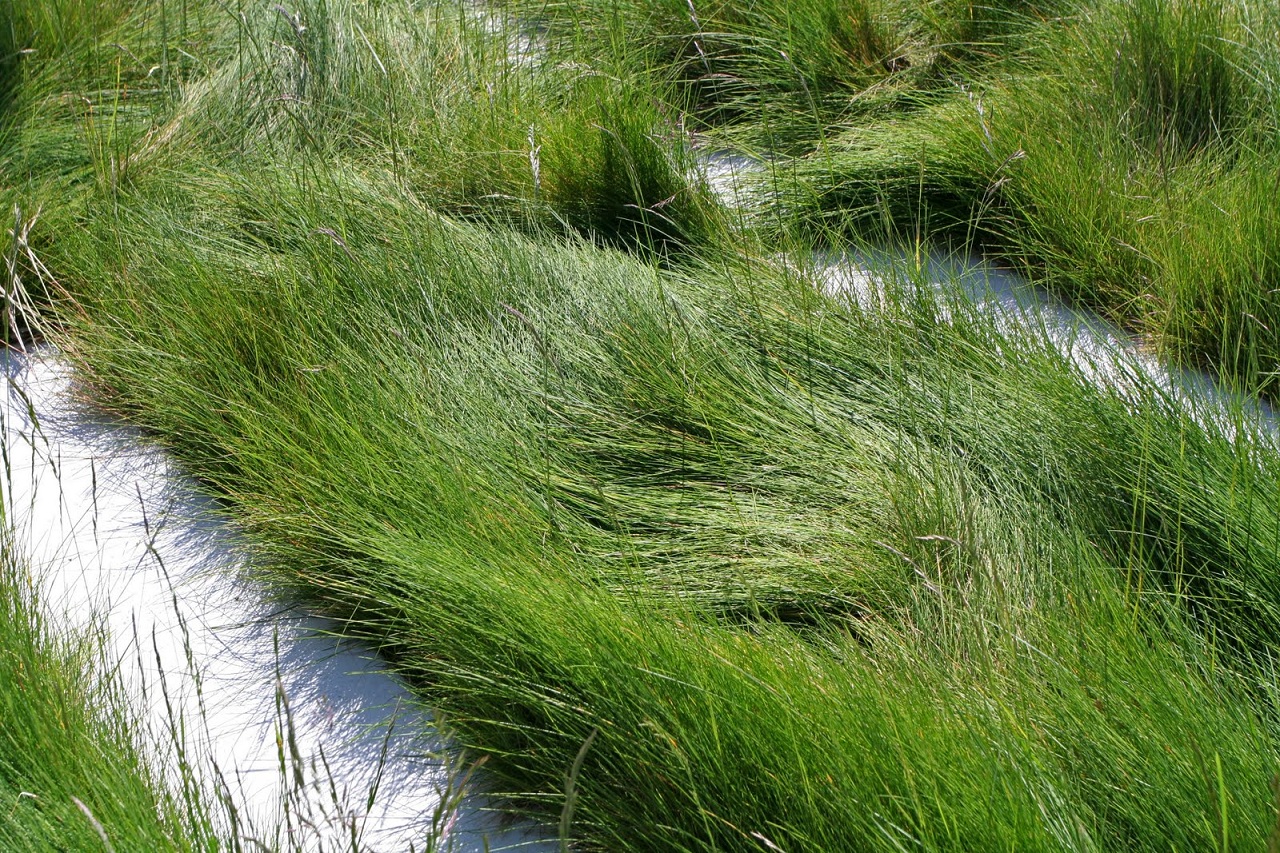Spring Lawn Care
Video
Find out how to optimize your lawn's potential with these tips on fertilizing, going organic, and more.
The sun is shining, the grass is growing, and you're ready to go outside and invest a few weekend hours in making your lawn more beautiful. However, conventional wisdom about spring lawn care may not tell the whole story. In fact, the pervasive notion that spring is the ideal season to begin lawn maintenance may have more to do with your own mood than it does with the growing cycle. What practical steps can you take right now, while you’re feeling inspired, to improve your lawn’s appearance?
Fertilizing
Fertilizing may be the first thing that comes to mind; however, spring is not necessarily the best time to fertilize your lawn. Experts say that if you fertilized in the fall, the grass is still absorbing those fertilizers in the spring. Furthermore, grass is in a rapid growth cycle in the spring, building its root system and storing the energy it will need to get through the environmental stresses of summer. In order to avoid diverting the plant’s energy by forcing it to produce green shoots, wait until late spring before giving your lawn a boost with fertilizers. Heat-tolerant grasses will better withstand continued fertilization throughout the summer, and cool-weather grasses are best left to go dormant.
Less can be more when it comes to fertilizing. A blog post by Jennifer Schultz Nelson, extension educator in horticulture at the University of Illinois Extension, advises that you use only 1/4 pound of nitrogen per 1,000 square feet. Greg Mazur, a technical advisor at the Davey Institute, also cautions against using too much fertilizer. “Young grass can tolerate overfertilizing, but it will eventually shorten its lifespan,” Mazur explains.
Overseeding
If you have bare patches, you may need to overseed. “Late August is best,” says Mazur. He adds, “The perfect day for promoting growth is a sunny day, with highs in the 70s and lows in the 50s; maybe the season has already experienced a frost or two. Usually this kind of day happens in October. If you’ve seeded in August, then the seedlings will be at just the right stage of development to take advantage of this weather. Additionally, this grass will be able to resume its growth during the spring and will be established and strong going into the summer months.”
"One myth about thatch is that leaving clippings on the lawn is a contributing factor, but actually they decompose quickly and provide a source of nutrients."
– Greg Mazur, Davey Institute
What if no new seed was put down in the fall? Many experts say that in the springtime sodding may be a better option. “It’s a good quick fix, although if you install sod, keep in mind that its grass is already about 18 months old, so part of its life cycle is already over," confirms Mazur. "A lawn is perennial but not perpetual; turf has about a 13–14 year lifespan, with years two through seven being its strongest. Also, sod that you purchase is usually Kentucky bluegrass, which is susceptible to disease. We see a lot of disease in sod that’s about three or four years old.”
Dethatching and Aerating
“We actually don’t recommend dethatching,” says Mazur. Thatch (which includes rhizomes and root material) that is 1/2” thick can actually be beneficial. It helps to keep soil moist and creates a cushion over the surface of the soil. Thatch that builds up to 1" or 1-1/2" is excessive, but the process of dethatching – even if the resultant amount of dead plant material looks extensive – really only gets about 1/10 of the thatch. Because the dethatching process can damage the grass, it is better left undone. “Aerating, however, is valuable,” says Mazur. It relieves surface compaction and, in creating more air voids in the soil, helps with rainwater absorption. Cores of soil are mechanically removed during dethatching and, when left on the lawn, work with the microorganisms in the soil to break down thatch. Aerating can be done anytime the soil contains adequate moisture (although the ground should not be soggy). Mid-spring to mid-summer is usually optimal timing.
“One myth about thatch is that leaving clippings on the lawn is a contributing factor, but actually they decompose quickly and provide a source of nutrients. In fact, if you remove the clippings, you are removing as much as 20% of the nitrogen that you’ve added to the lawn,” says Mazur. Seed choice is also critical, according to Mazur; bluegrass will thatch, but rye and fescue will not.
Going Organic
In most areas of our lives, making “green” product choices has become relatively easy, even without changing our habits or expectations. For example, we can use eco-friendly cleaners or buy organic produce that is similar to, if not better than, its non-organic counterpart, but having an organic lawn may not be so simple.
The premise of organic lawn care is that instead of treating grass with chemicals, which can produce a green lawn in the short term but will not sustain healthy growth over the long term, the focus should be on increasing the microbial balance of the soil itself to promote the well-being of the grass and ecosystem. Be aware, however, that this method is not likely to produce showy results, even over the course of several years. Also, organic fertilizers can be costly, and generating your own compost is time-consuming.
"Late August is the best [time to seed]. The perfect day for promoting growth is a sunny day, with highs in the 70s and lows in the 50s." – Greg Mazur, Davey Institute
That said, you can take simple steps to reduce or eliminate your lawn’s need for chemical treatment. Says Mazur, “One of the best things to do is mow high. This is proven to help with crabgrass, which needs sun to grow. Leave blades of 3" or, better yet, 4".” While most people cut their grass short, thinking they can then go longer between mowings, the opposite is true. The best way to sustain your lawn, explains Mazur, is to cut one-third of its length.
Also, grass should be watered deeply during dry weather to ensure strength. “You can tell when grass is starting to wilt by doing a ‘footprint test’,” says Mazur. “If you can compress a print into the grass, it needs water.” Soak the soil to a depth of about 6” to promote strong root development.
Finally, Mazur emphasizes that you can not only reduce chemical usage but also reduce the costs associated with maintaining your lawn over the course of its lifetime by buying the most expensive turf grass seed. “This is a case of ‘you get what you pay for.’ These elite cultivars will outperform the cheaper seed. University studies have proven that what a turf is going to look like is determined mostly by genetics," Mazur says. Even if you already have an established lawn, you can apply this concept to overseeding in the problem areas.
Weed Prevention
Organic lawns may experience some reduction in the weed population through the use of corn gluten meal (CGM). Corn gluten meal is a by-product of commercial corn milling and acts as a pre-emergent weed killer, meaning that it prevents seeds from growing. It does not kill perennial weeds, such as dandelions, but it should restrict the growth of new dandelion seedlings. Corn gluten meal should be applied once in the late spring and again in the fall.
For more aggressive weed elimination, the University of Illinois Extension recommends using a pre-emergent herbicide without fertilizers, again in the interest of protecting spring root growth. Some landscapers, however, feel that a small amount of fertilizer combined with most crabgrass herbicides is safe and may even protect the grass from any adverse effects of the herbicide.
By using these guidelines, you may be able to shorten your spring yardwork list to just a few items. Don’t worry – the resultant healthy lawn will ensure that you’ll have plenty of outdoor time with your lawn mower all summer long!

Kristin Dispenza
Kristin graduated from The Ohio State University in 1988 with a B.S. in architecture and a minor in English literature. Afterward, she moved to Seattle, Washington, and began to work as a freelance design journalist, having regular assignments with Seattle’s Daily Journal of Commerce.
After returning to Ohio in 1995, her freelance activities expanded to include writing for trade publications and websites, as well as other forms of electronic media. In 2011, Kristin became the managing editor for Buildipedia.com.
Kristin has been a features writer for Buildipedia.com since January 2010. Some of her articles include:




